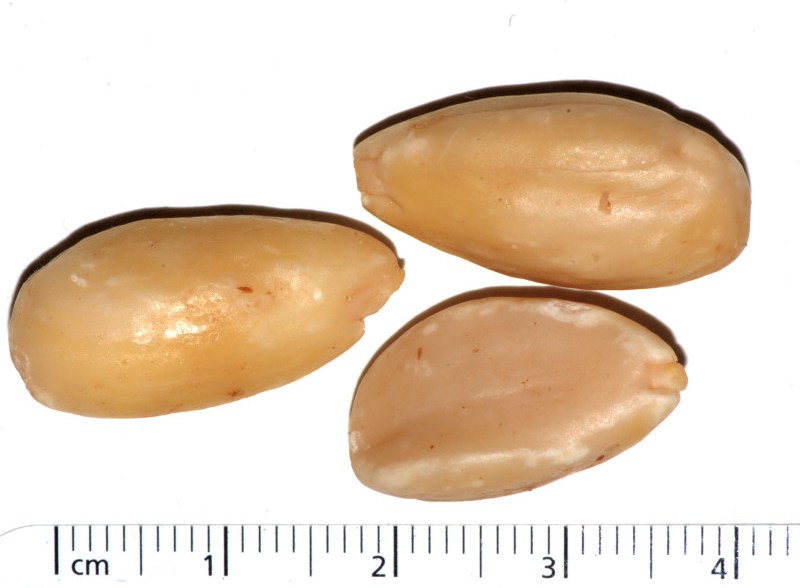![]() Prunus Amygdalus Dulcis Oil
Prunus Amygdalus Dulcis Oil
Rating : 7.5
Pros:
Skin protective (1)Prunus Amygdalus Dulcis Oil is sweet almond oil, which is obtained by cold pressing almonds. Recently, new extraction technologies such as supercritical fluid extraction, ultrasound-assisted extraction and salt-assisted aqueous extraction have been used.What it is used for and whereCosmeticsUsed as an emollient and sclerosant, it produces a smoothi... (Read the full Tiiip)
7 pts from Ark90
| Evaluate | Where is this found? |
| "Prunus Amygdalus Dulcis Oil compos" about Prunus Amygdalus Dulcis Oil Review Consensus 7 by Ark90 (12432 pt) | 2019-May-07 18:46 |
The seeds of the almond tree [(Prunus dulcis (Mill.) D. A. Webb. (syn. Prunus amygdalus)] were collected in two different periods of maturity and were studied for their lipid content. The total lipids ...
| Read the full Tiiip | (Send your comment) |
| "Descrizione" about Prunus Amygdalus Dulcis Oil Review Consensus 7 by Ark90 (12432 pt) | 2023-Feb-12 19:14 |
Prunus Amygdalus Dulcis Oil is sweet almond oil, which is obtained by cold pressing almonds. Recently, new extraction technologies such as supercritical fluid extraction, ultrasound-assisted extractio ...
| Read the full Tiiip | (Send your comment) |
Read other Tiiips about this object in __Italiano (1)
Component type: Natural Main substances: Last update: 2023-09-17 19:41:18 | Chemical Risk: |



